Fast Food Adds Sugar and Salt to Trick Us Funny
Before I started Eat This, Not That!, I worked at a KFC. There were a lot of steps in between, of course, but KFC was a great place for a fast food addict like myself. Still, being on the inside taught me a lot about how fast-food companies operate, and most of what I learned when it comes to fast food secrets would shock you.
See, for fast food companies, it actually pays to sell us more food for less money. We think we're getting a bargain when we order the combo meal; in fact, it costs just pennies for a chain to produce the actual food that's coming out of the window. The real costs are in the marketing, so the more money they can wring from each purchase, the better—regardless of how many empty calories they have to stick in the bag.
Here are some of the secrets the fast-food industry doesn't want you to know.

At hamburger chains, "combination meals" make up a whopping 31 percent of all purchases. The average combo packs 1,200 calories, and about ⅓ of those are from predetermined sides that the chain decided on for you.
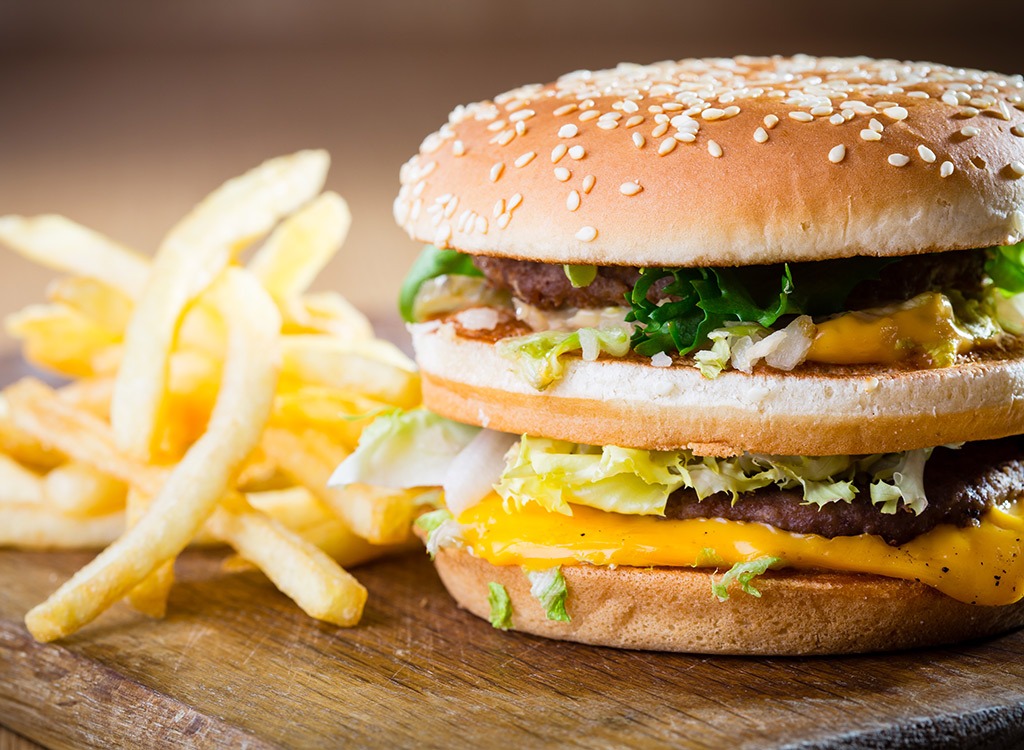
Ever notice how different parts of a fast-food meal kinda taste the same? The burger, the fries, the onion rings, even the shake—they all taste like "fast food." That's because they're all calibrated to appeal to our tastebuds in a way that inspires us to keep eating—not too meaty, not too vegetable-like. The part of our brains called the hypothalamus that responds to food evolved to crave a variety of sweet, salty, and bitter tastes, so we would munch on a variety of foods. But fast food is designed to satisfy all of these taste desires, so you never crave anything else (like a grapefruit, for example).
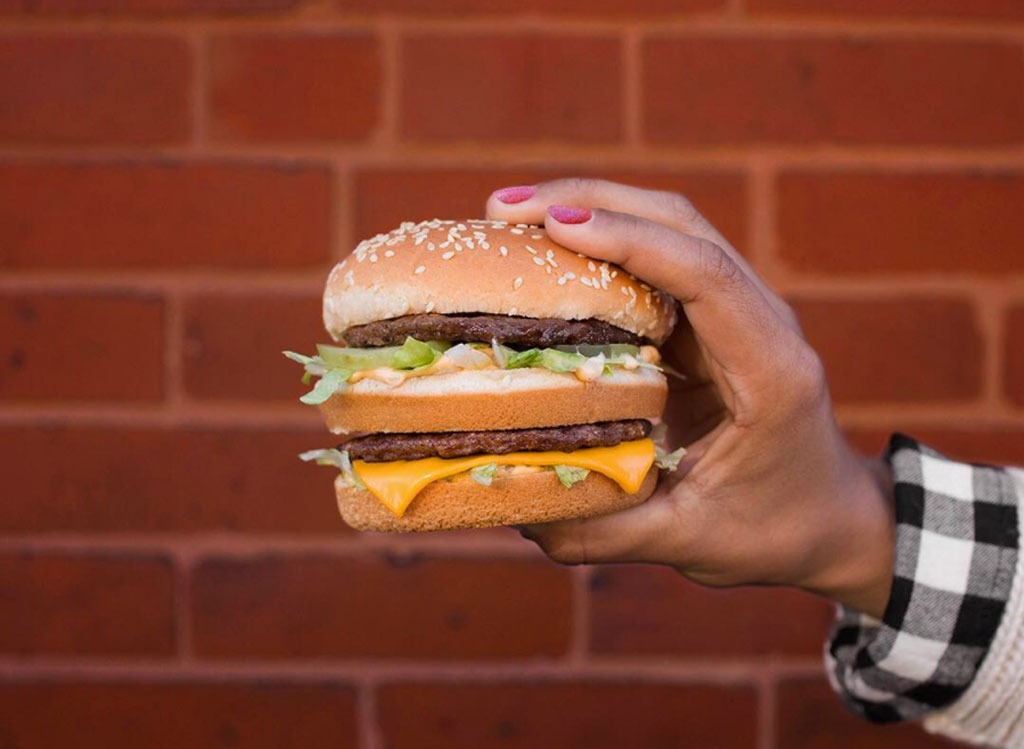
It takes 20 minutes for the "I'm full" signal to get from your belly to your brain. So the faster you eat that food, the more of that food you need to buy, and eat, because your brain doesn't know you're stuffed. Slow down to speed up fat burning—chewing slowly is one of the 55 Best Ways to Boost Your Metabolism!
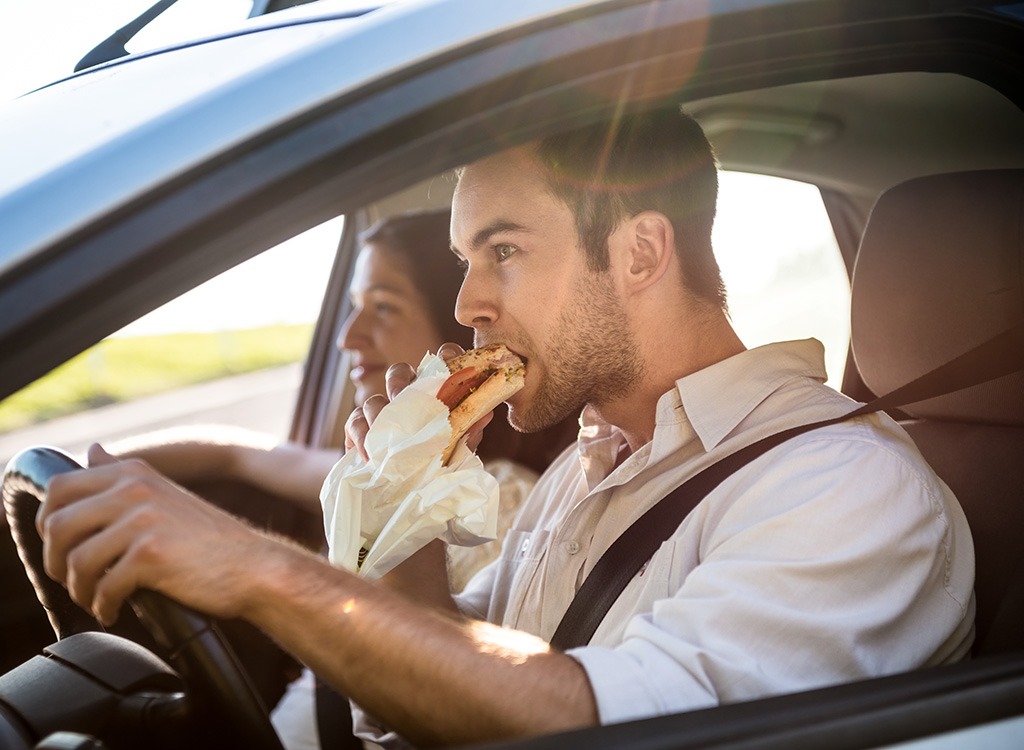
Another trick to get you to eat more: The heaviest people chew their food 11.9 times before swallowing, while the thinnest chew 14.8 times, according to one American Journal of Clinical Nutrition study.
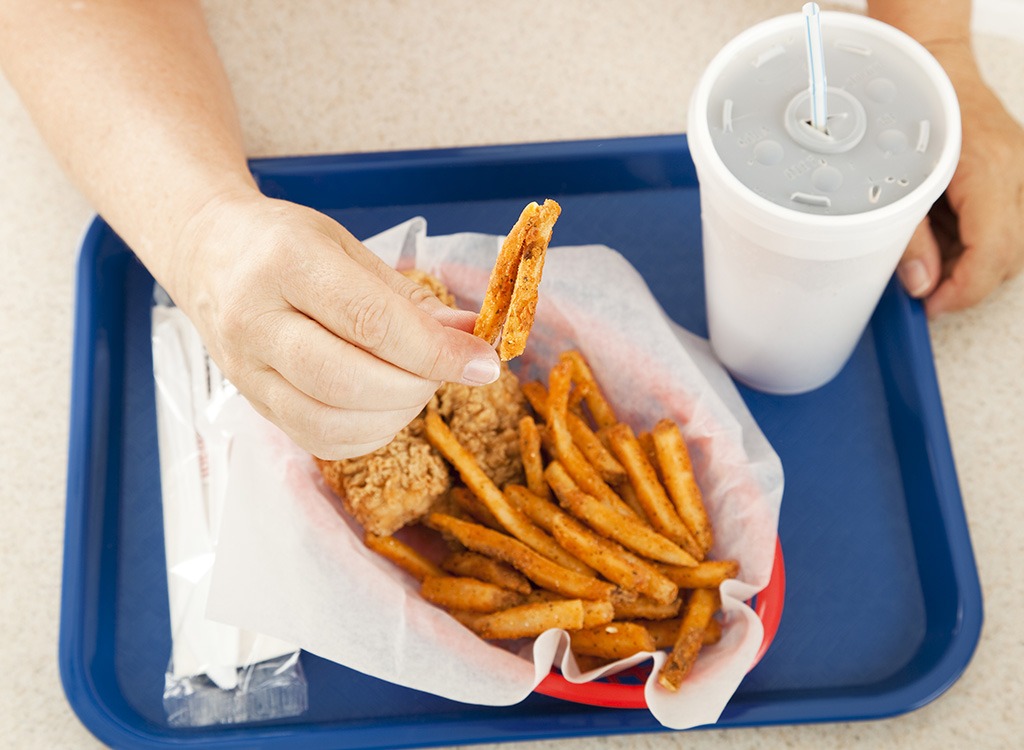
It's harder for you to say no to an offer when it comes directly from another person, according to a Journal of Marketing Research study that found people will eat 85 percent more when servers offer them more.
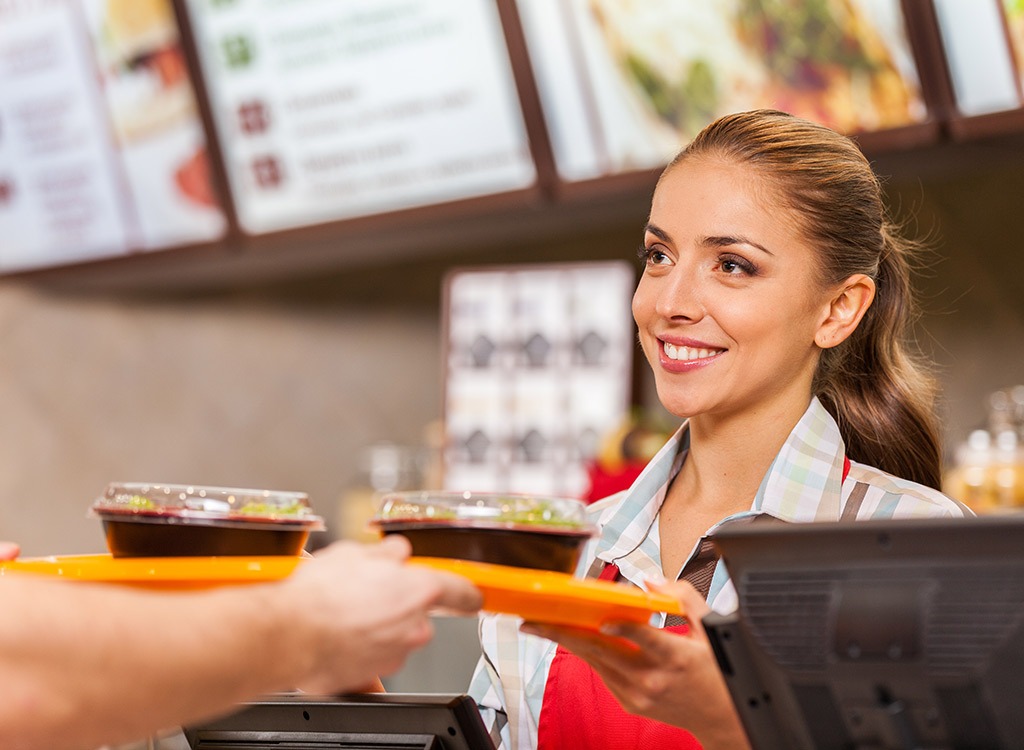
People are more likely to make unhealthy restaurant choices when they feel like they're dining out for a "special occasion." Remember, you go to this place all the time; just because there's a clown there doesn't mean it's a party.
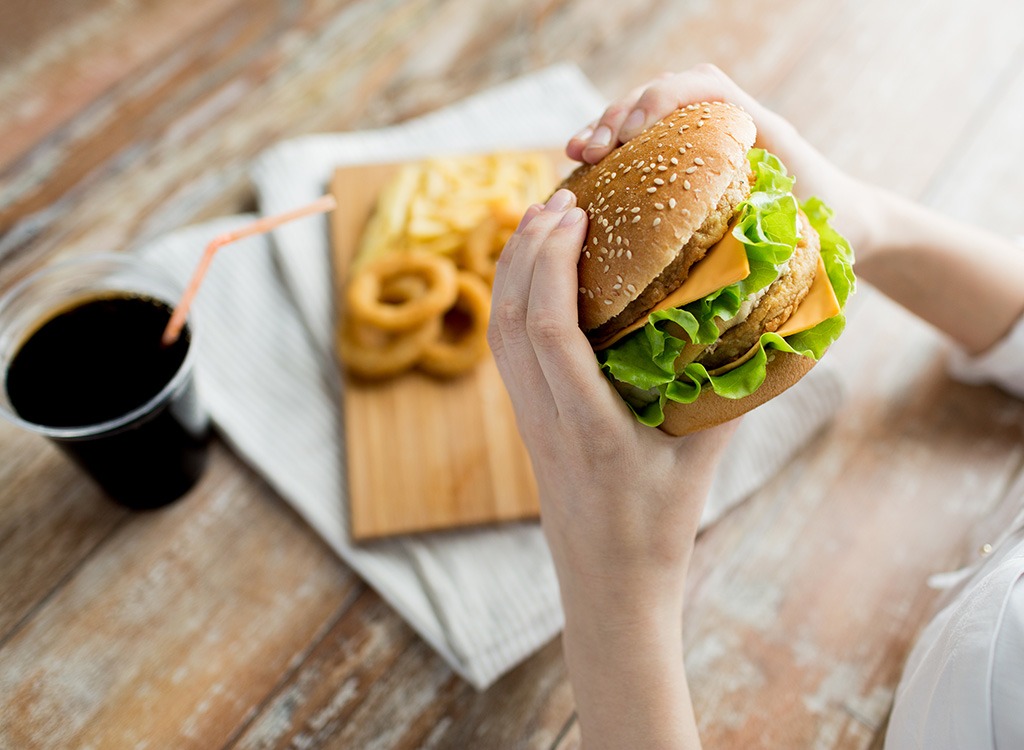
New York University researchers discovered that chains often encourage customers to buy larger sodas by increasing the number of ounces in all their sodas. That's because people subconsciously pick the middle option, so the larger the "medium," the more they can charge for it.

A study published in theJournal of the Academy of Nutrition and Dieteticsfound that entrées served at 10 major fast food giants have increased in portion size by about 90 calories since 1986. In fact, we now take in twice as many calories from restaurants than we did 30 years ago.
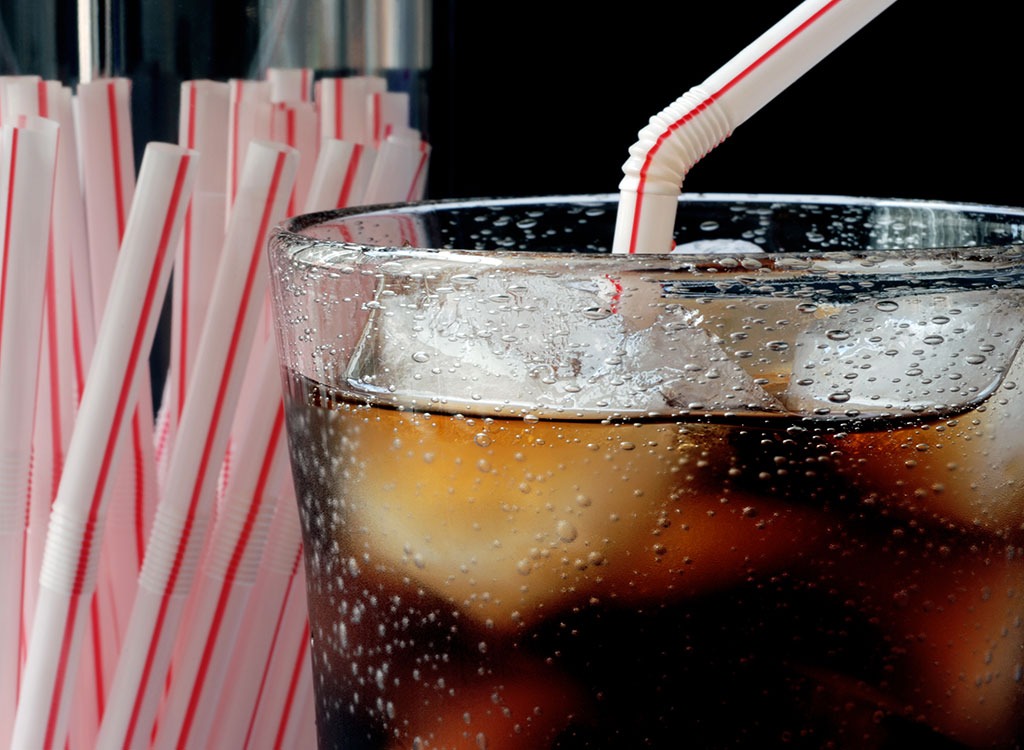
Ice machines are notoriously difficult to clean, making them veritable petri dishes. A 2010 study found that 48 percent of soda fountains at fast food restaurants contain coliform bacteria, commonly found in feces. Microbiologists from Hollins University don't know how it gets there, but they think it may come from dirty cleaning rags or unwashed customer hands. That's not the only reason to skip the fountain drinks: Check out the The 70 Most Popular Sodas—Ranked by How Toxic They Are!
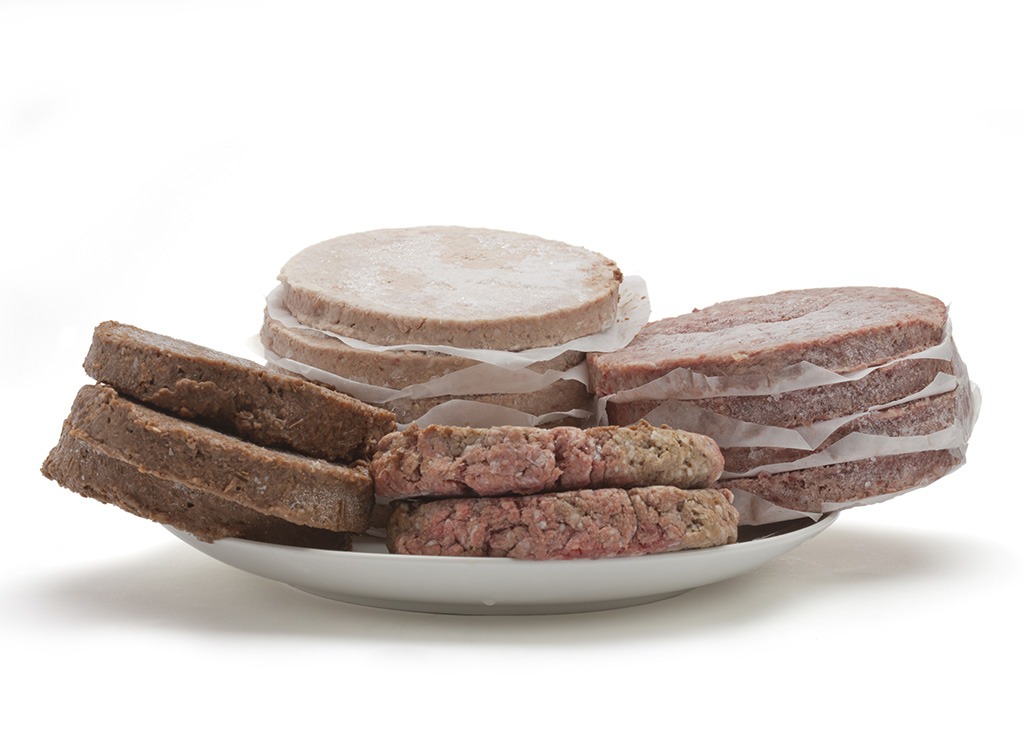
Chemicals we normally associate with cleaning are purposefully put into fast-food meat. Why? Compounds like ammonium hydroxide can damage e. coli and other organisms. They also lower the acidity of meats and other foods, making it difficult for pathogens to survive. Is the practice safe? The USDA says yes. Does the idea of eating a chemically washed burger sound good? Not especially.
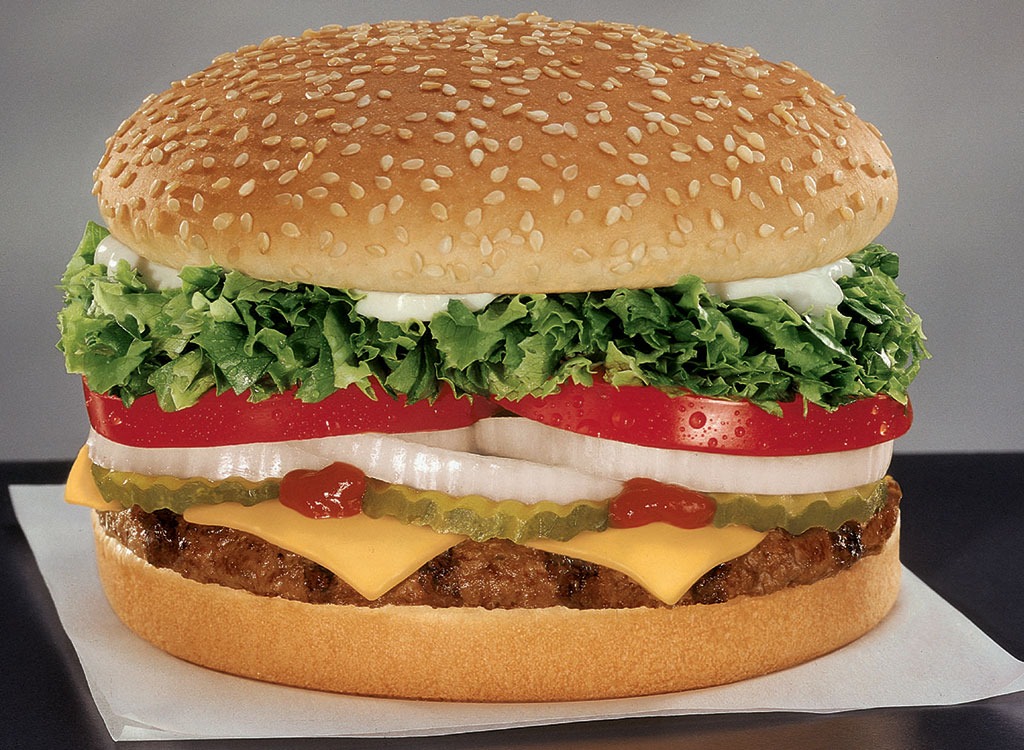
The grill marks on fast-food burgers and slabs of chicken are there to make us think the meat has been licked by flames. It's more likely that those marks were branded on at the factory or painted with dyes. Smoke and char flavorings are added to complete the illusion. Yum!
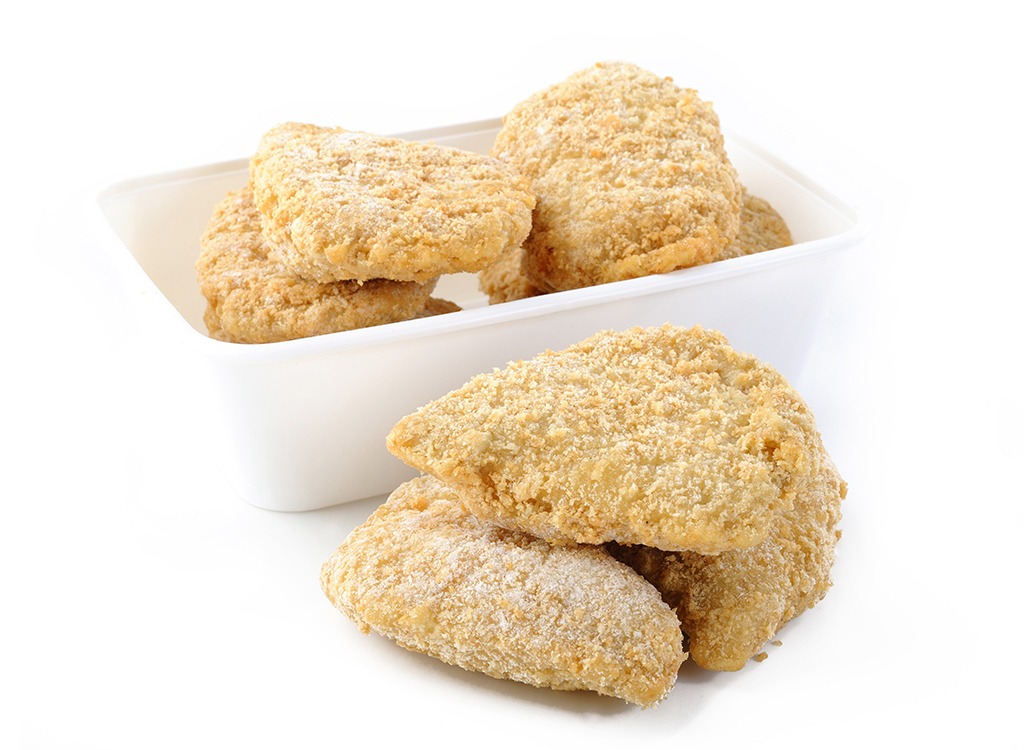
A Reddit user named DFunkatron, who identifies himself as a former McDonald's employee, recalls: " […] I accidentally left a whole bag of about 100 chicken nuggets out on a counter for way too long. They melted. Into a pool of liquid. I never understood why. But they were completely indiscernible as being the nuggets I once knew." How might that happen? It could be a quality of mechanically separated meat, a slurry created when the bones and carcass of a leftover chicken are mixed together in a food processor. When TV chef Jamie Oliver demonstrated what this goop might look like, McDonald's released a statement saying that the company "does not process any of its meat products in the manner that is described in the mechanically separated chicken story or photo."
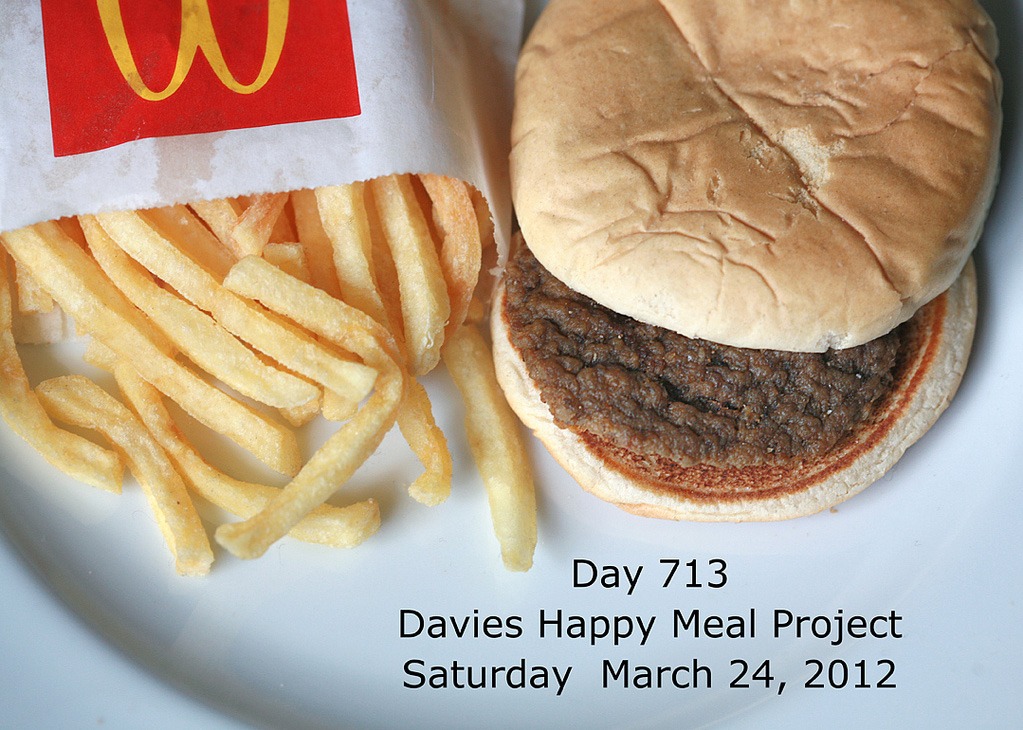
In 2010, New York photographer Sally Davies put a McDonald's hamburger and fries in a jar. Five months later, the food still looked edible, while KFC fries bought and stored on the same day were white and furry with mold. Marion Nestle, chair of NYU's food studies program, told Salon that McDonald's would have to use "a lot of sodium propionate to prevent bacterial or mold growth." Davies continued to take photos of the same meal and posted them on her website through April 2016. Six whole years later, and the McDonald's meal really didn't look all that different…
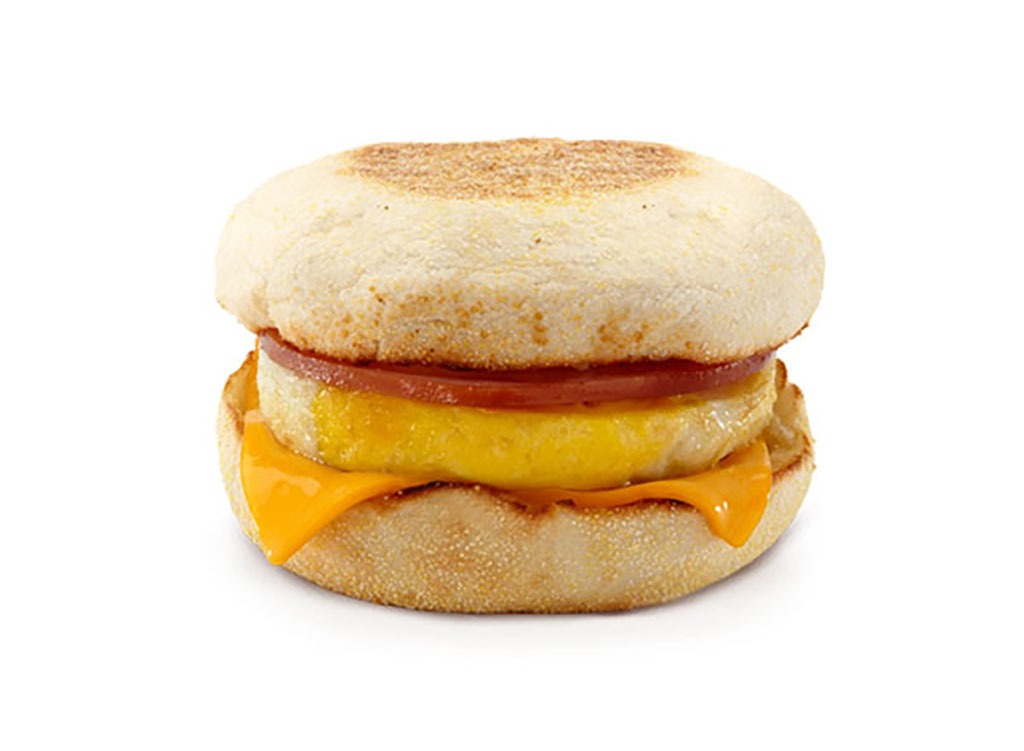
McDonald's now offers breakfast items all day long. Great news if you want an egg sandwich in the middle of the afternoon, right? Technically, no. That's because eggs aren't the only thing in McDonald's folded eggs, which is what comes on most of their breakfast sandwiches. Besides eggs and nonfat milk, the folded egg component is comprised of modified food starch, salt, and citric acid. Next time, skip the Mickey D's drive-through and make an amazing at-home breakfast sandwich yourself instead!
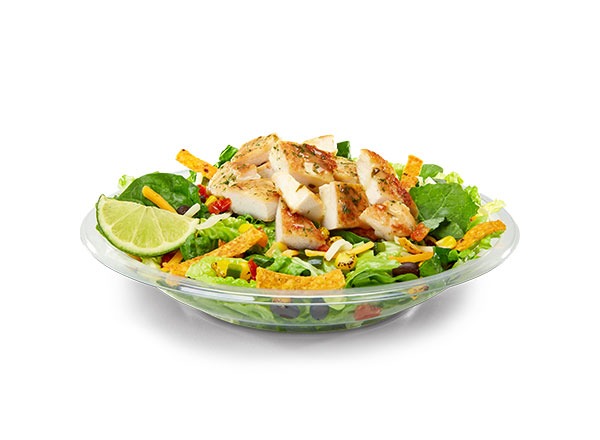
These days, many fast-food chains offer salads. But that doesn't mean you could name much of what goes into one. Many chains' salads—like McDonald's Southwest Grilled Chicken Salad—contain the chemical propylene glycol. It's considered safe for consumption—but it's also be found in antifreeze and sexual lubricants. In our eyes, that's the opposite of appetizing and clearly isn't great for you.
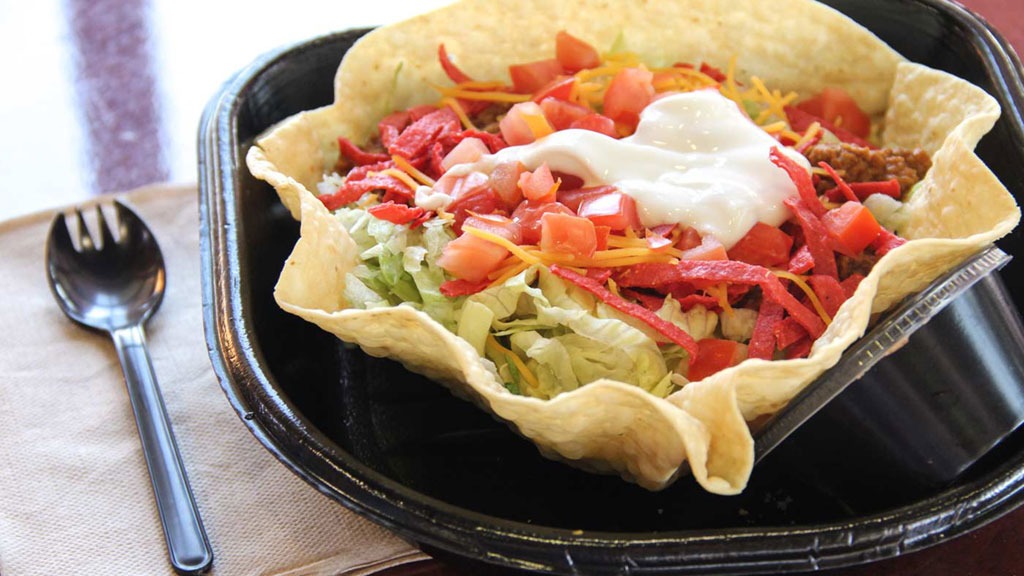
A "taco salad" sounds like a great way to enjoy a healthy meal from your favorite Mexican joint. But in fact, it's really just a huge fried tortilla shell with ground beef, cheese, sour cream, and a few token shreds of iceberg lettuce. The result can weigh in at up to 900 calories and 55 grams of fat.

Styrofoam cups can leach styrene, a neurotoxin that can cause depression and a loss of concentration. Highly acidic or hot beverages—in other words, coffee—draw the plastic compound out more effectively than, say, cold water would.
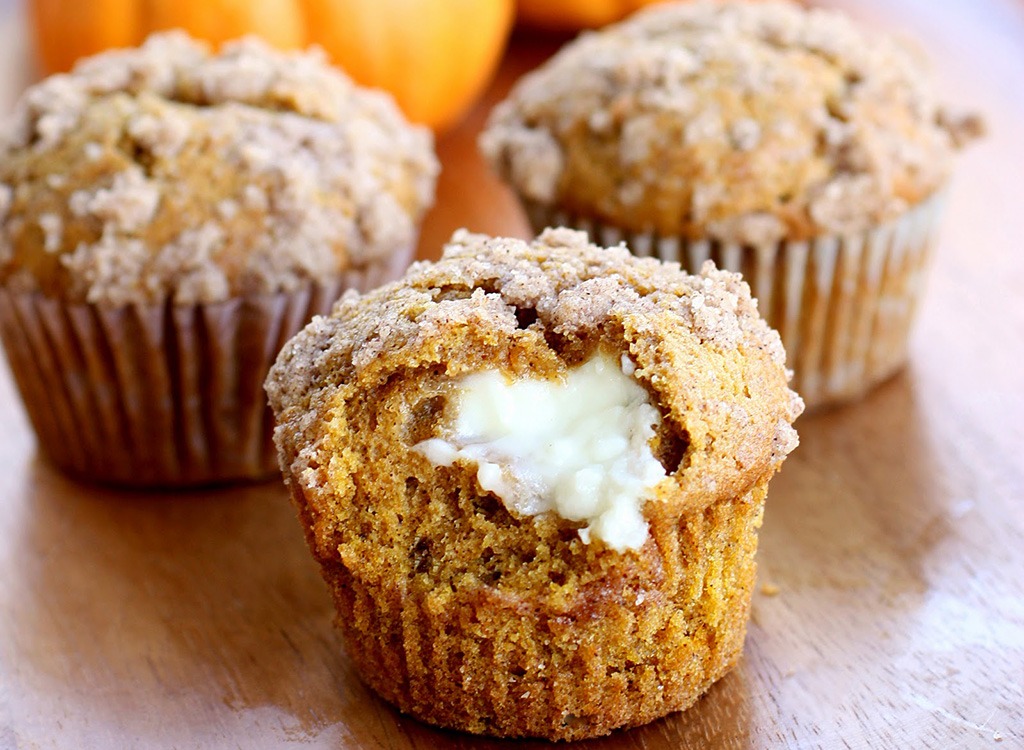
One of the great health imposters, bran muffins are simply an excuse to get you to eat cupcakes for breakfast. Each can deliver about 440 calories, with nearly a quarter of them coming from fat.
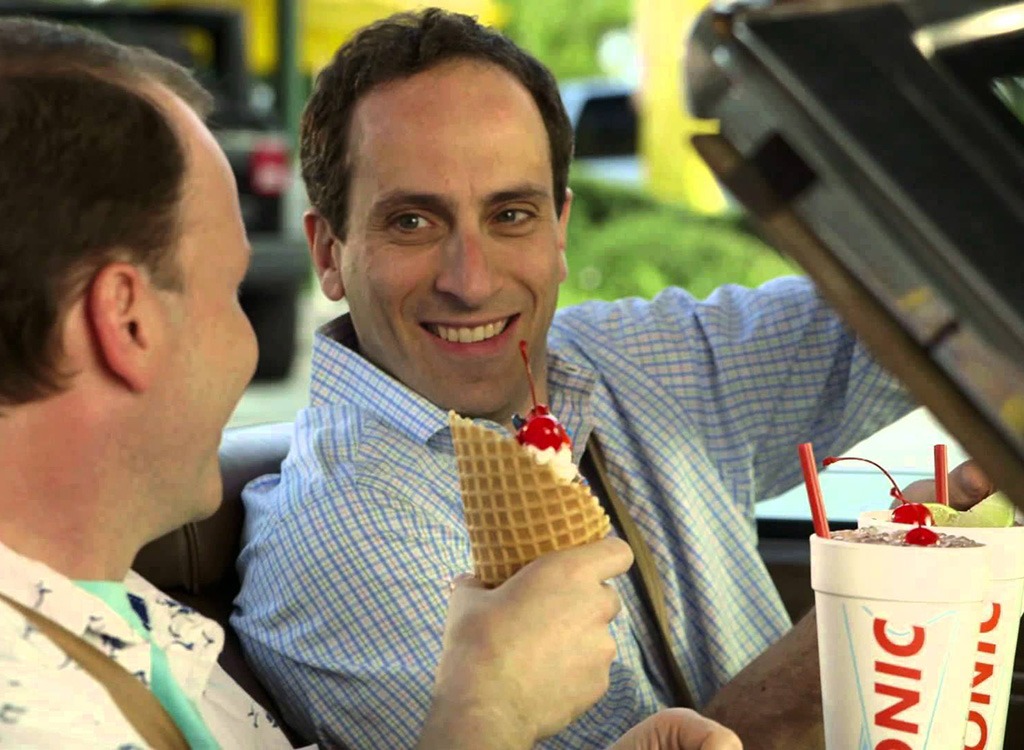
If they did, they would each be about twice their size. Sonic is one of the most caloric chains in America, home of the "Grape with Nerds Candy Real Ice Cream Slush." You know it's not health food, but you probably have no idea just how bad this is: the large size comes in at around 1,000 and a whole lot of sugar. And that's just one drink, not counting for any actual food you order alongside the frozen drink. Yikes!
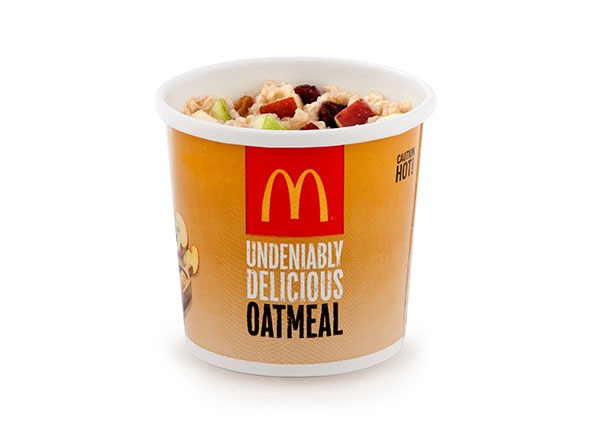
With 33 grams of sugar—more than you get in a bag of M&Ms—this healthy-sounding breakfast food will start your day with a sugar high and a certain crash.
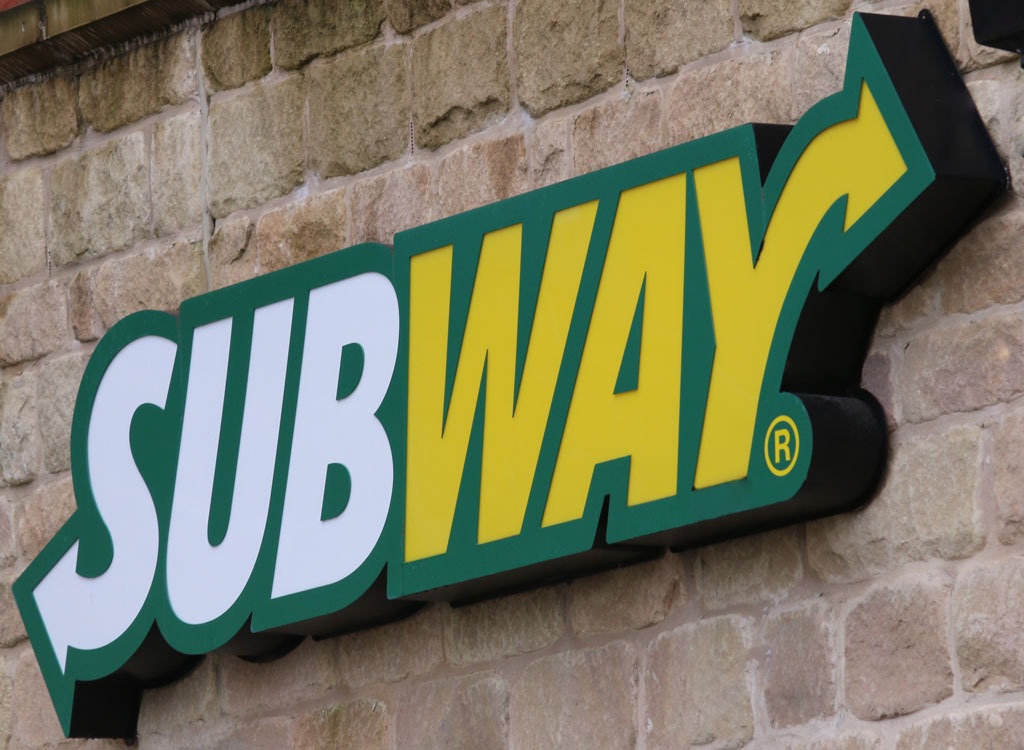
While wraps seem healthier because they're so thin, Subway's version comes with an ingredients list a mile long and includes soy lecithin and citric acid—that translates to 8 grams of fat per wrap.
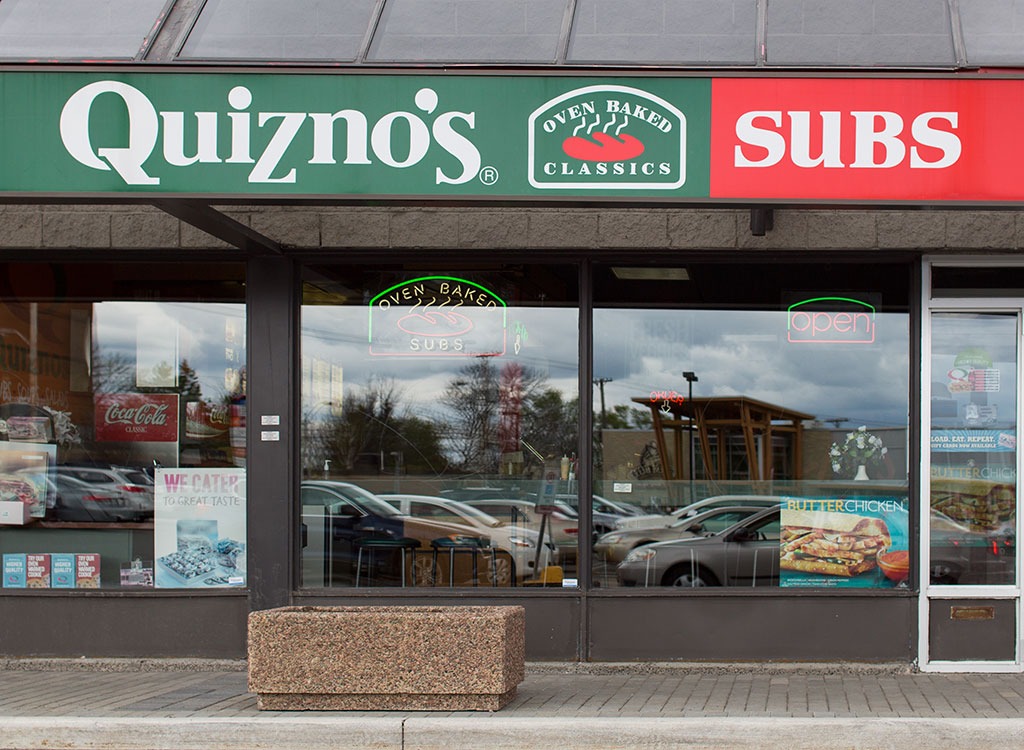
Most top 2,600 milligrams each—that's more than an adult man should eat in an entire day—culminating with their Ultimate Turkey Club Sub, the large version (a 12") of which rocks your arteries with 3,640 milligrams.
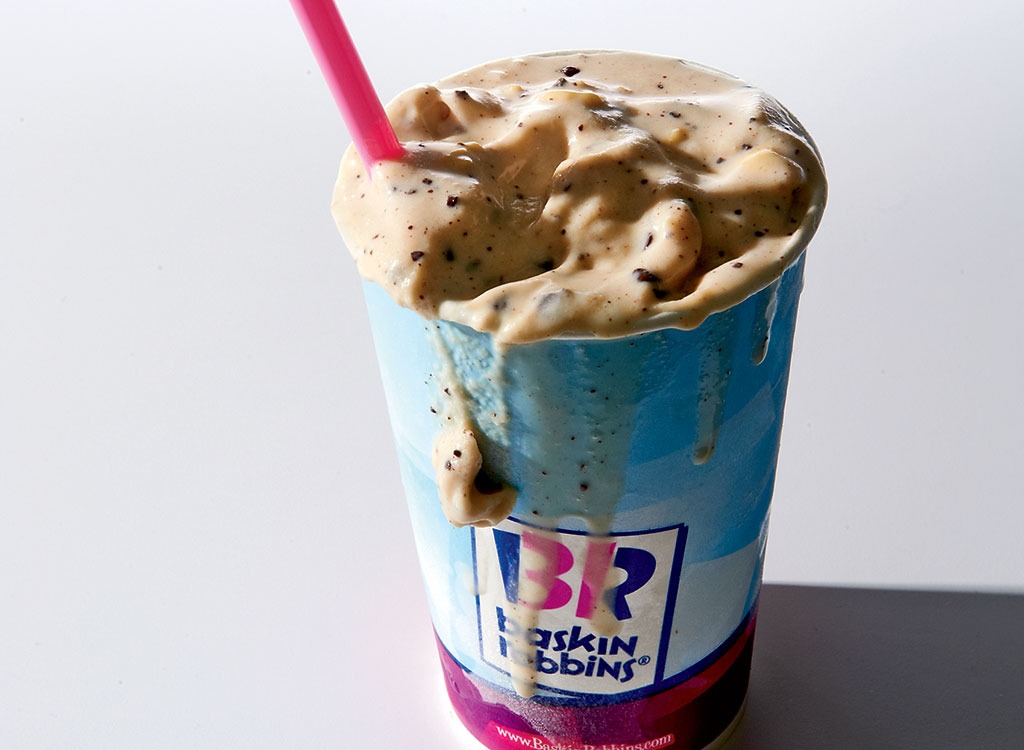
You like Butterfingers? Then you'll love Baskin-Robbins Butterfinger 31 Below Mix-In, with the sugar equivalent of 5 Butterfingers bars, as well as cellulose gum and cellulose gel, both terms for chemically digested wood chips. It also features TBHQ, a corrosion inhibitor used in biodiesel. Skip it, and instead go for these 20 Healthiest Orders at Fast Food Chains.
Source: https://www.eatthis.com/things-fast-food-chains-dont-want-you-to-know/
0 Response to "Fast Food Adds Sugar and Salt to Trick Us Funny"
Post a Comment